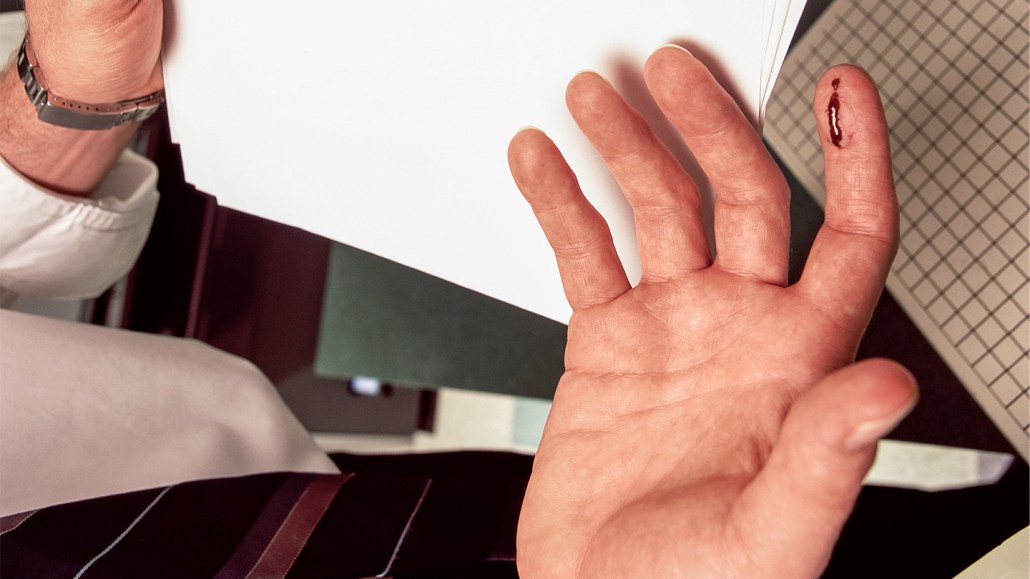Paper cut physics pinpoints the most hazardous types of paper
The sheet’s thickness and slicing angle determine a finger’s fate

The thickness of a piece of paper determines how likely it is to cause paper cuts, physicists report.
Chip Simons/Getty Images






